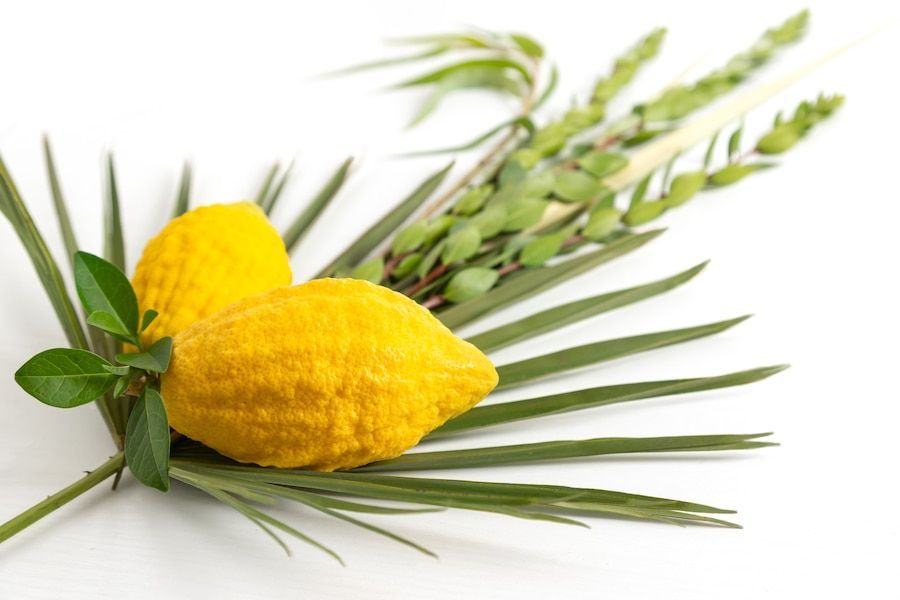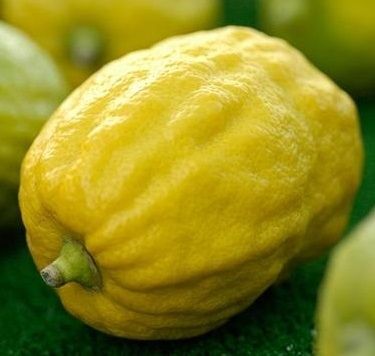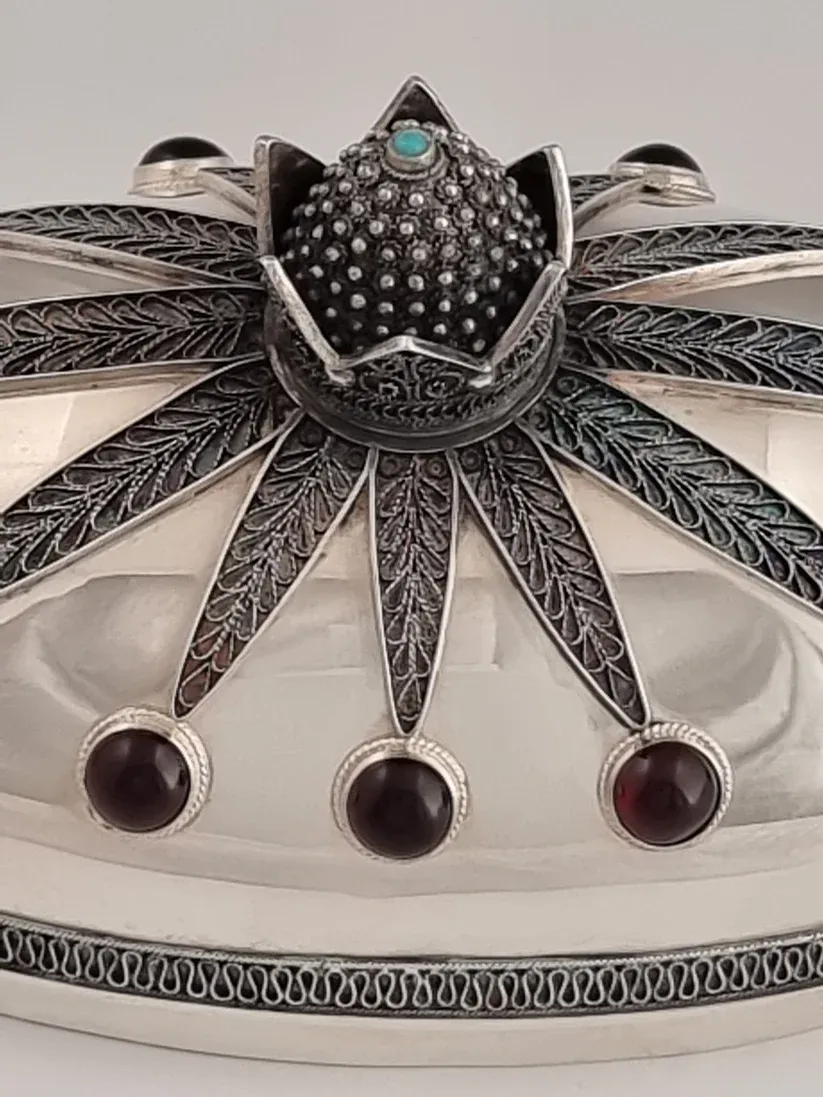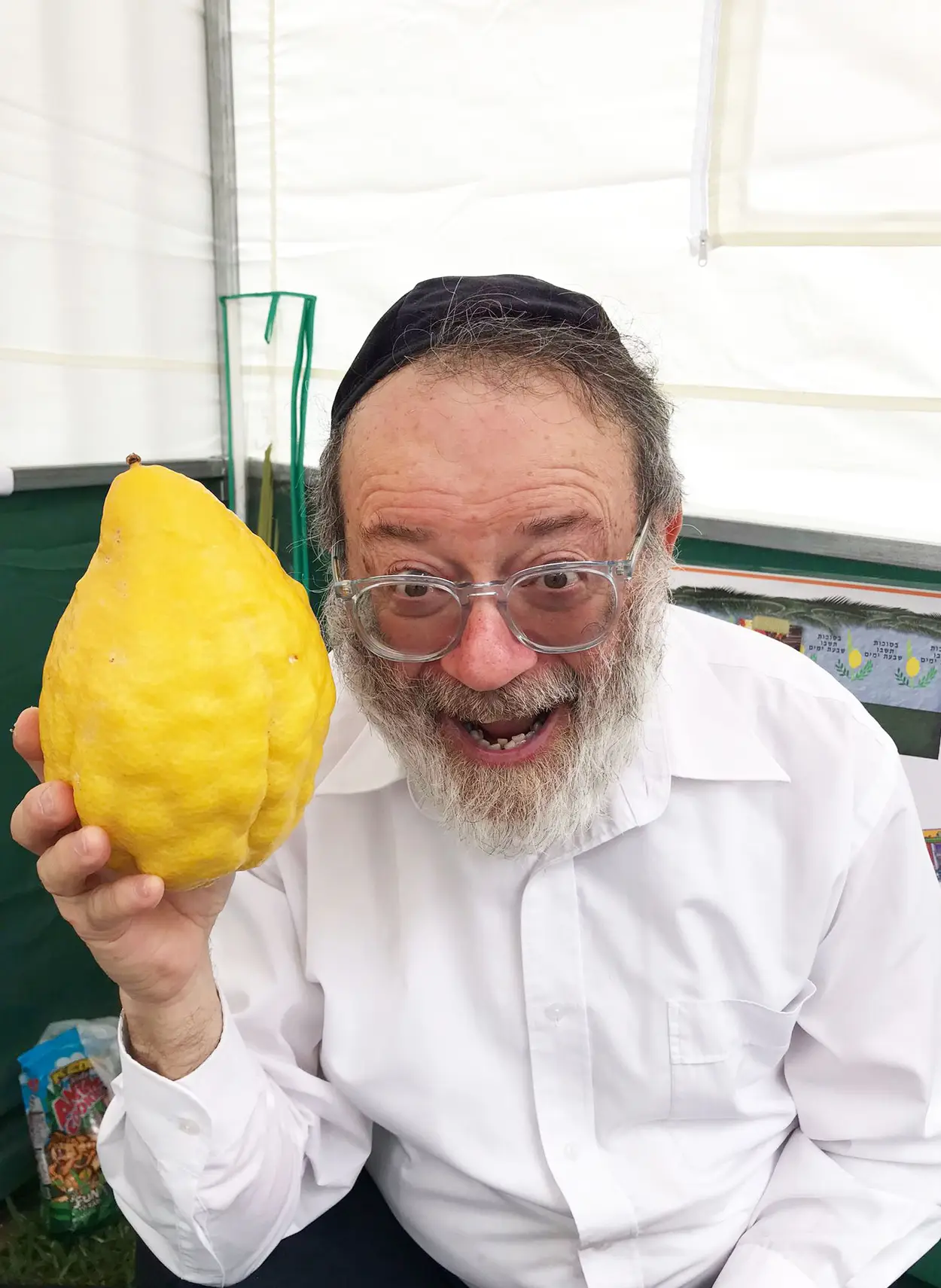Shabbat Gathering: Wave that lulav.

Dear Chevra, as is our custom, we will gather tonight at 5.45p ct to welcome Shabbat. These are the coordinates:
Zoom
Meeting ID: 963 5113 1550
Password: 1989
Phone: +1 312 626 6799
(To unsubscribe from the newsletter, click the link at the very bottom of this email.)
Here we go.
I don’t know about you, but the High Holy Days have left me exhausted. What I need right now is a break, and right on time, the Jewish holidays deliver with Sukkot. It’s time to have some fun, kick back, and have a picnic before it gets too cold.
Sukkot is a harvest festival and the legend goes that we spend our time in the sukkah, a hut, to remind us of when we lived in the fields the better to harvest the crops. The first nail of the sukkah is traditionally hammered before we go home from Yom Kippur. Sukkot lasts seven days. It starts on 15 Tishri and lasts until 21 Tishri.
What’s a lulav anyway?
Besides spending time in the sukkah, we wave the lulav and etrog. The lulav is a bundle of branches and the etrog is something like a lemon. A couple of weeks ago, I wrote about the Tashlich ritual. Waving the lulav and etrog in the sukkah feels like a similar, ancient ritual.
The lulav isn’t just a random collection of branches. It follows a particular recipe:
- One palm branch
- Two willow branches
- Three myrtle branches
These are bound together or sometimes inserted into a special socket.

The etrog: Magical properties.
The etrog is a citrus fruit. It’s like an ancient lemon before Luther Burbank got his hands on it. A kosher etrog is only kosher when it has a nib left on the end where it was attached to the tree branch. That nib is known as the pitam. If the pitam is lost through a natural accident, say it just falls off, it is still considered kosher. If someone takes it off deliberately, then the etrog is not kosher. It’s appropriate to admire the etrog, smell it, closely inspect its skin, caress it, but don’t lick it as that would be kind of gross. Some families have a specialized case for the etrog to protect it inbetween performances of the ritual.

The etrog has a “magical” property. Once it has fulfilled its mission as a ceremonial object, it can take on a whole other purpose. Here’s how it works: Take the etrog, skin and all, and turn it into marmalade. (Google a recipe because the etrog is intensely bitter and needs special preparation.) Once the marmalade has been prepared, serve it to someone who might want to have a baby because the etrog marmalade is a fertility potion. Now you know and be careful what you wish for.

What’s the symbolism?
Just as with most everything else in our faith, the lulav and etrog is freighted with symbolism. Here are two readings:
- The lulav, whose central pillar (the palm) is referred to as its “backbone” resembles the backbone of a person.
- The leaves of the myrtle branch (roundish) resemble the eyes of a person.
- The leaves of the willow branch (ovals) resemble the lips of a person.
- The etrog resembles the heart of a person.
The lulav and etrog is also symbolic of four types of people:
- The etrog, which possesses both taste and fragrance symbolizes those who possess both learning and good deeds.
- The palm branch possess taste but no fragrance, symbolizing those who possess learning but do not perform good deeds.
- The myrtle possesses no taste but has a pleasant fragrance; this is likened to those who are not learned but do good deeds.
- The willow has neither taste nor fragrance, symbolizing those who possess neither learning nor good deeds.
And there are probably many, many more readings of the symbolism.
Waving the lulav.
It is a mitzvah to wave the lulav each day of Sukkot. Before it’s waved, with the pitam of the etrog pointed to the ground, we say this blessing: “Blessed are You, Lord our God, Ruler of the Universe, who has sanctified us with commandments and has commanded us concerning the waving of the lulav.” On the first day of waving, add the shehehiyanu.
After the blessing, we flip the etrog so the pitam points towards the sky. At this point you wave/shake the lulav like this (you may need a compass for this part):
- Stand facing east.
- Hold the lulav out to the east and shake it three times.
- Repeat the same motion three times to the south, behind over your shoulder to the west, to the north, raising it up above you, lowering it down below you.
And so, the ritual is complete.
A people of the moon and the sun.
One of the things about Judaism that I’ve learned to appreciate is how so many of our holidays are tied to nature. Just like the rest of the world, we have our roots as an agrarian people. We still tell time with the moon and the sun. At harvest, I feel very good about our ritual to mark the time and season. I hope you have a joyful Sukkot and long may your lulav wave.
And may it be for all of us a blessing.
See you tonight!
Gut Shabbes!
All my love,
brian.
PS
